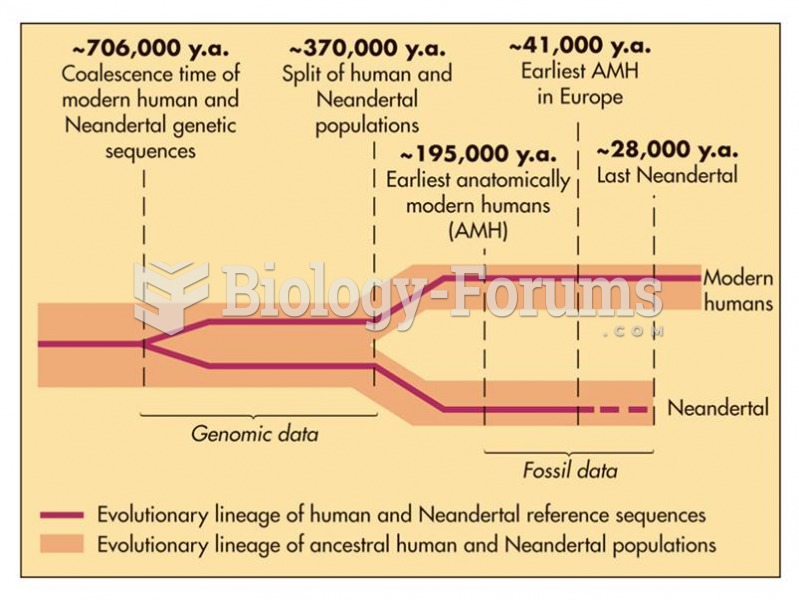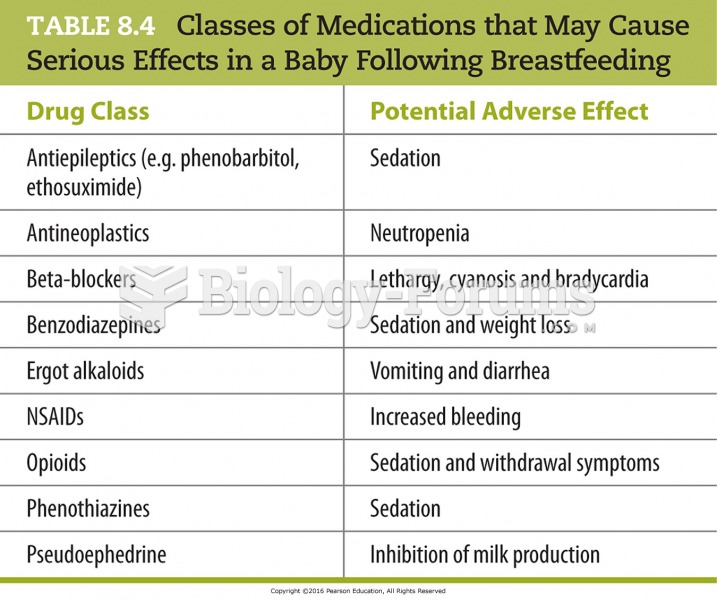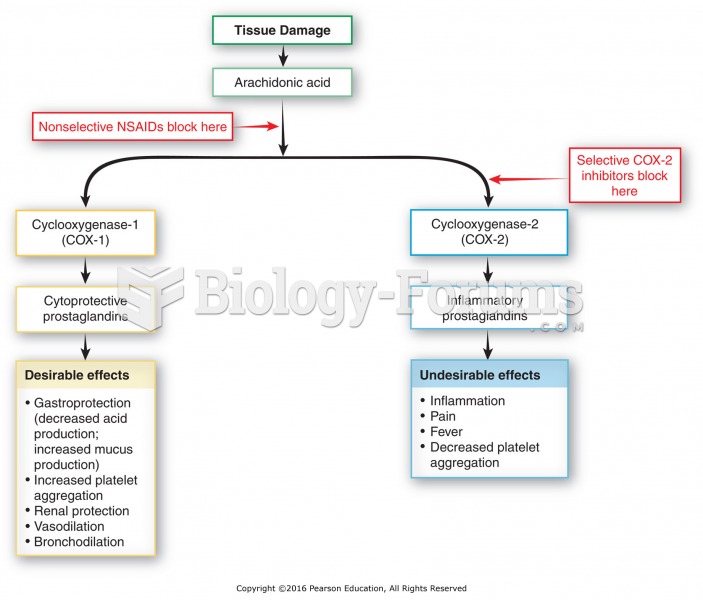Answer to Question 1
In adult humans, the VNO is tiny and has no receptors. It is vestigialthat is, a leftover from our evolutionary past. Nevertheless, part of the human olfactory mucosa contains receptors that resemble other species' pheromone receptors.
The behavioral effects of pheromones apparently occur unconsciously. That is, people react to certain chemicals in human skin even when they describe them as odorless. The smell of a sweaty woman increases a man's testosterone secretions, especially if the woman was near her time of ovulation. This effect is stronger for heterosexual men than for homosexual men. The smell of a sweaty man produces several effects on women, although we have no evidence of increased sexual arousal. The smell of a sweaty man activates a woman's hypothalamus, but it does so in men also. It also causes women to increase their release of cortisol, a stress hormone. Evidently a man reacts to a sweaty woman as a sex signal, and a woman reacts to a sweaty man as a potential danger signal.
The best-documented effect of a human pheromone relates to the timing of women's menstrual cycles. Women who spend much time together find that their menstrual cycles become more synchronized, unless they are taking birth-control pills. To test whether pheromones are responsible for the synchronization, researchers exposed young volunteer women to the underarm secretions of a donor woman. In two studies, most of the women exposed to the secretions became synchronized to the donor's menstrual cycle.
Another study dealt with the phenomenon that a woman in an intimate relationship with a man tends to have more regular menstrual periods than women not in an intimate relationship. According to one hypothesis, the man's pheromones promote this regularity. In the study, young women who were not sexually active were exposed daily to a man's underarm secretions. Gradually, over 14 weeks, most of these women's menstrual periods became more regular than before. In short, human body secretions probably do act as pheromones, although the effects are more subtle than in most other mammals.
Answer to Question 2
c







